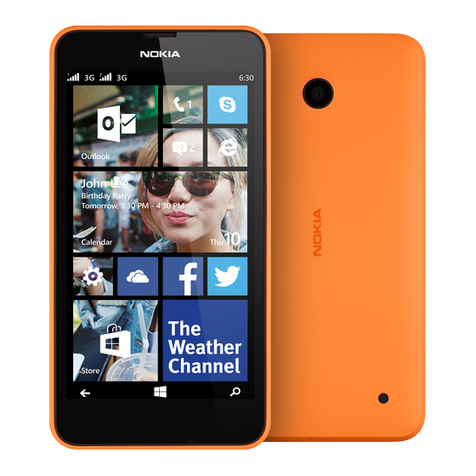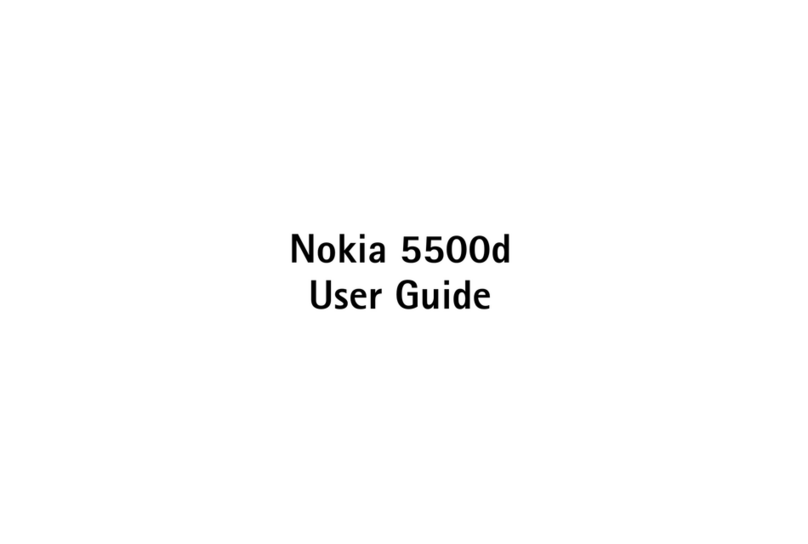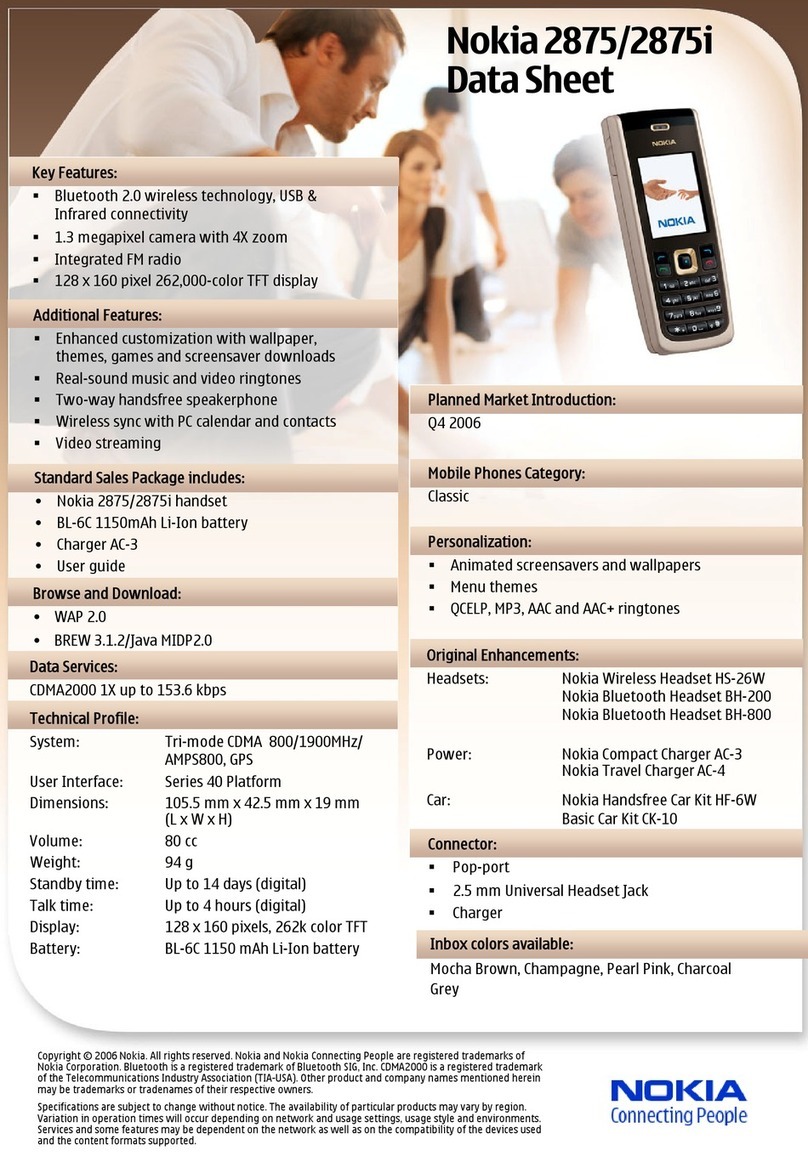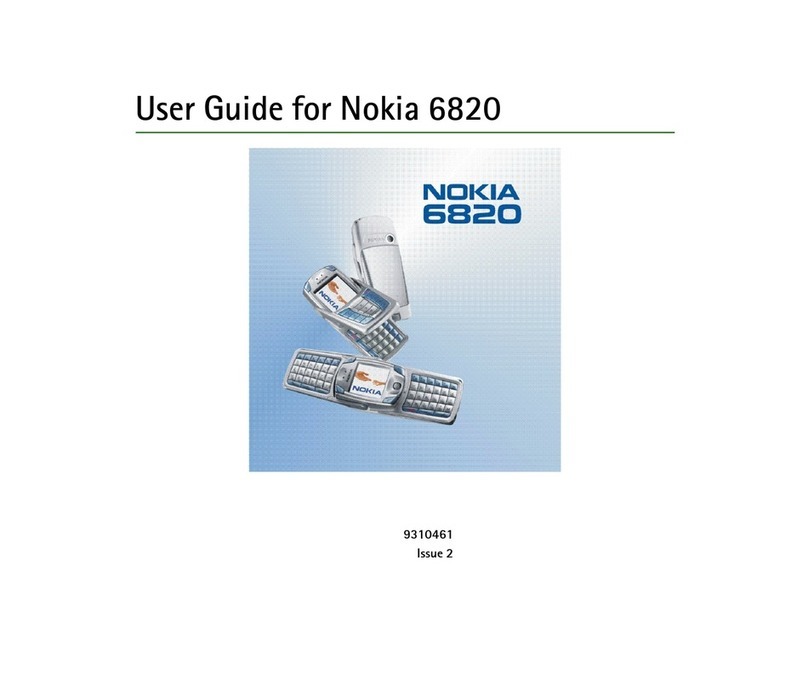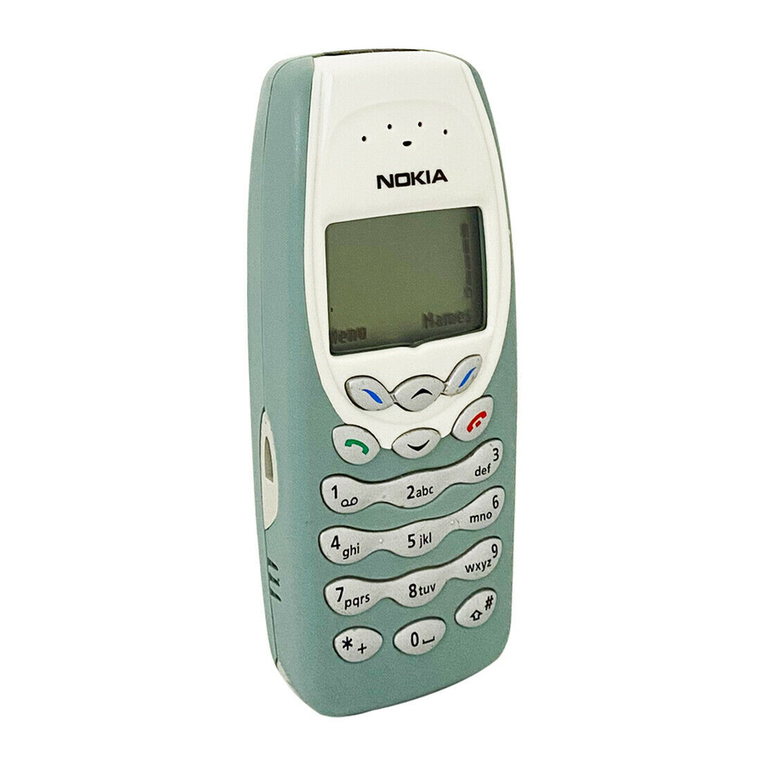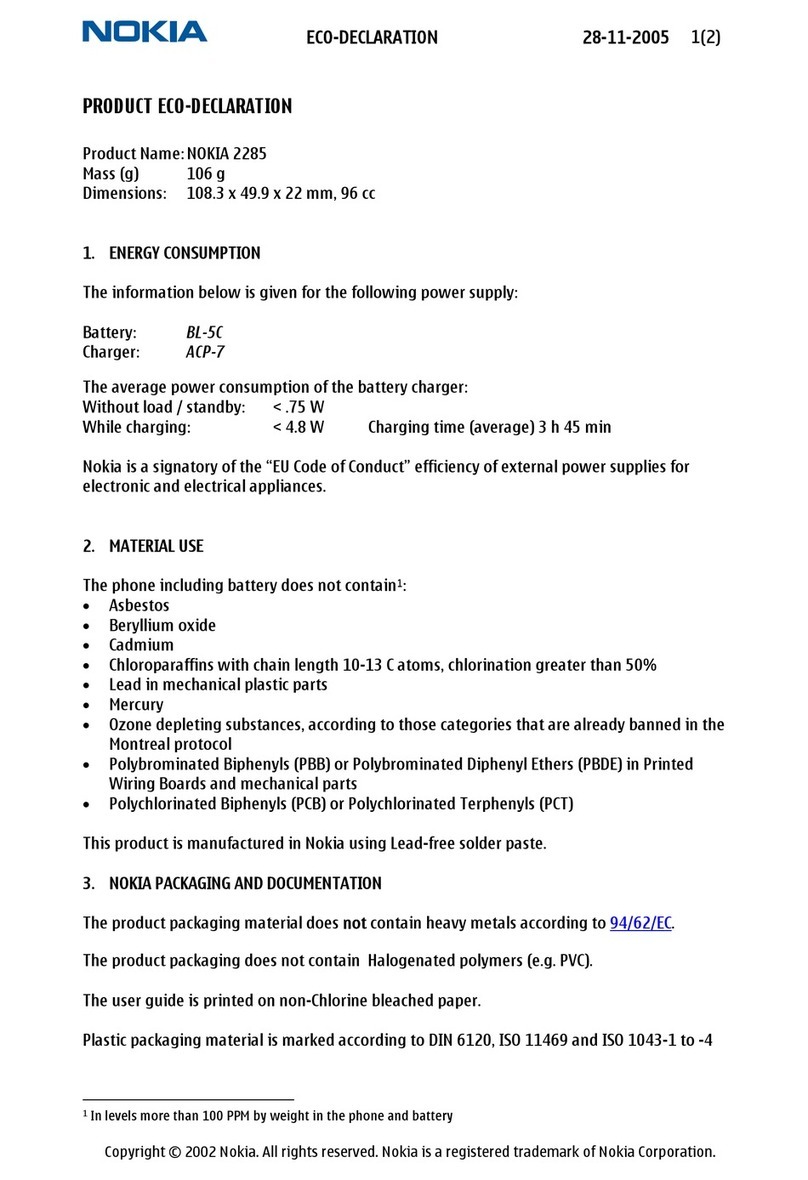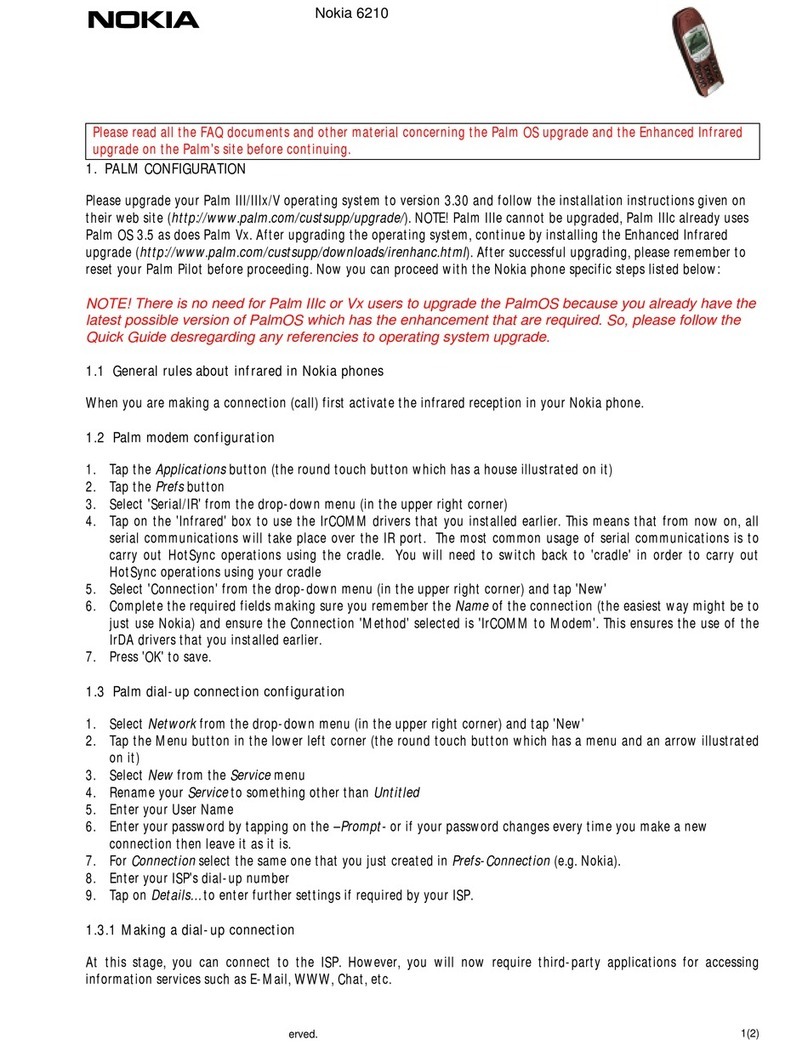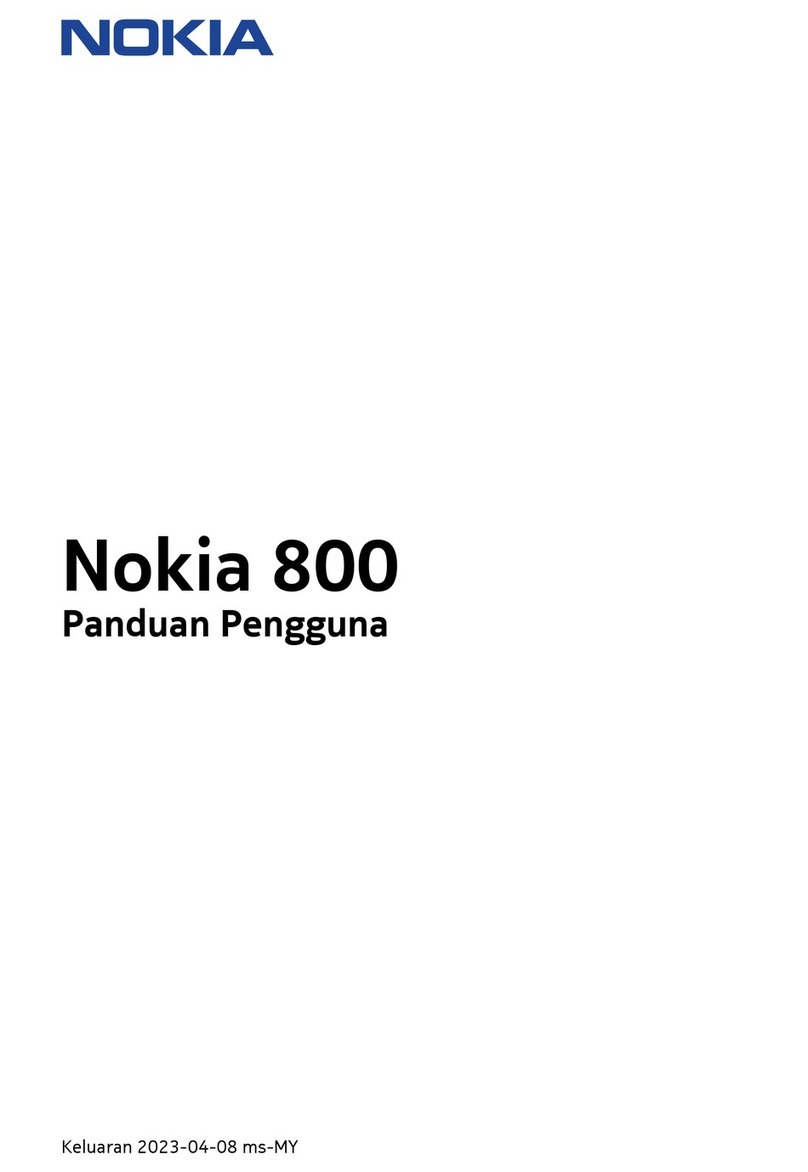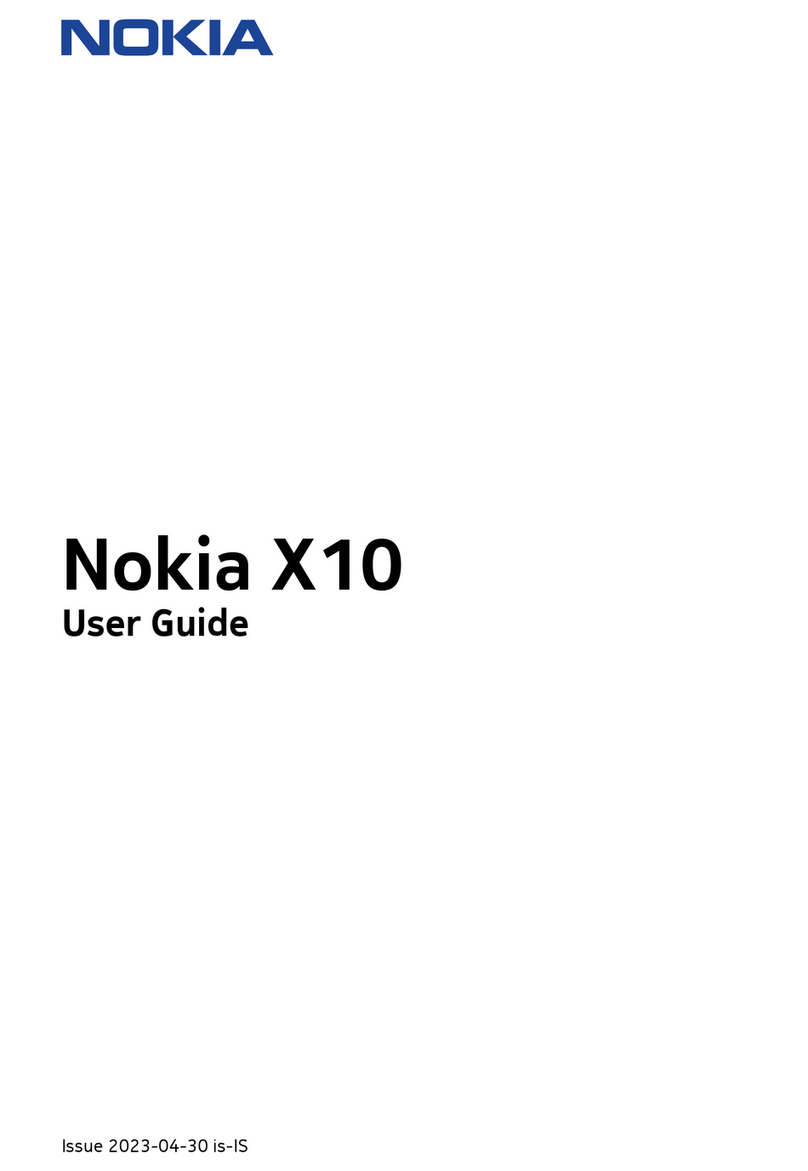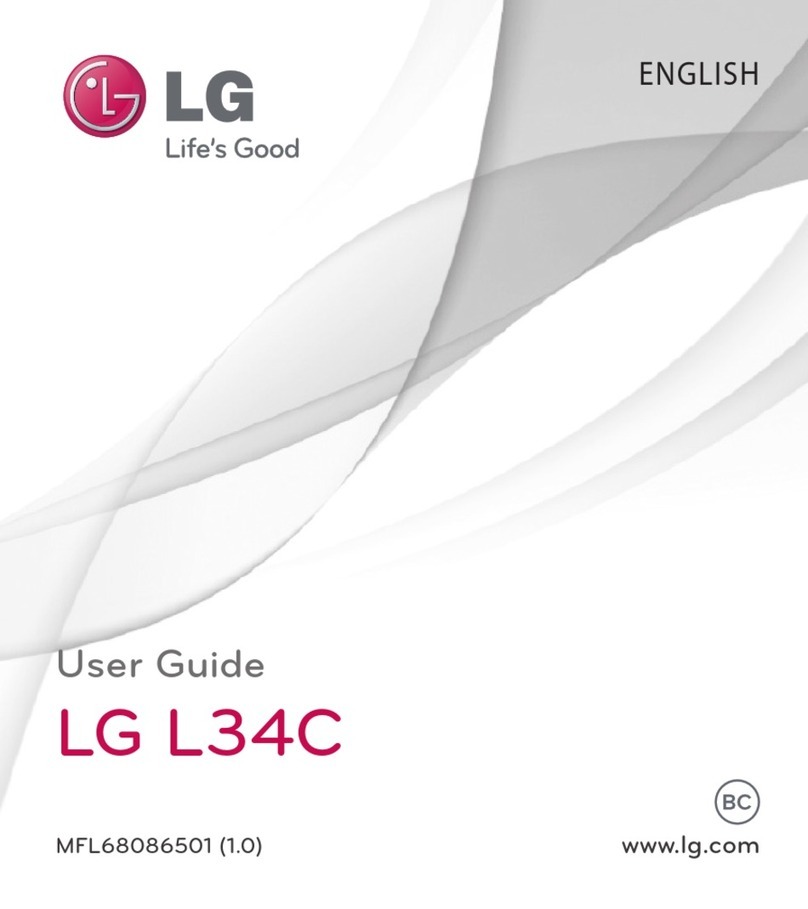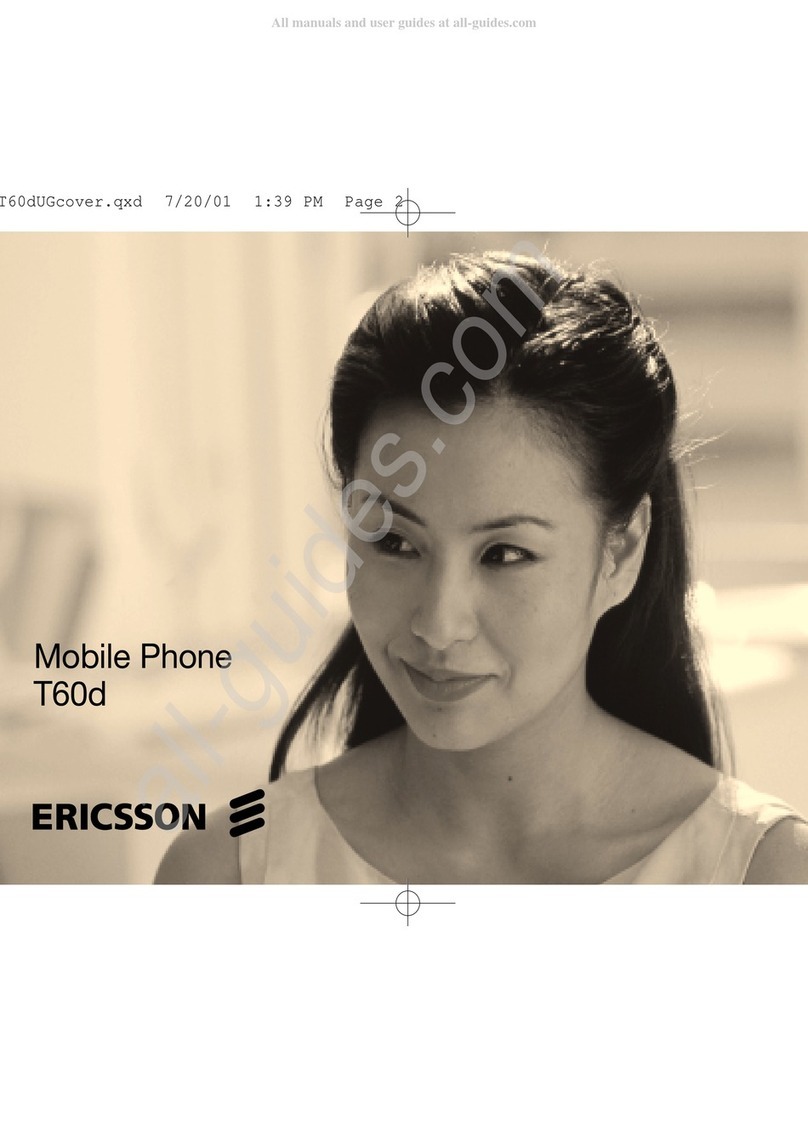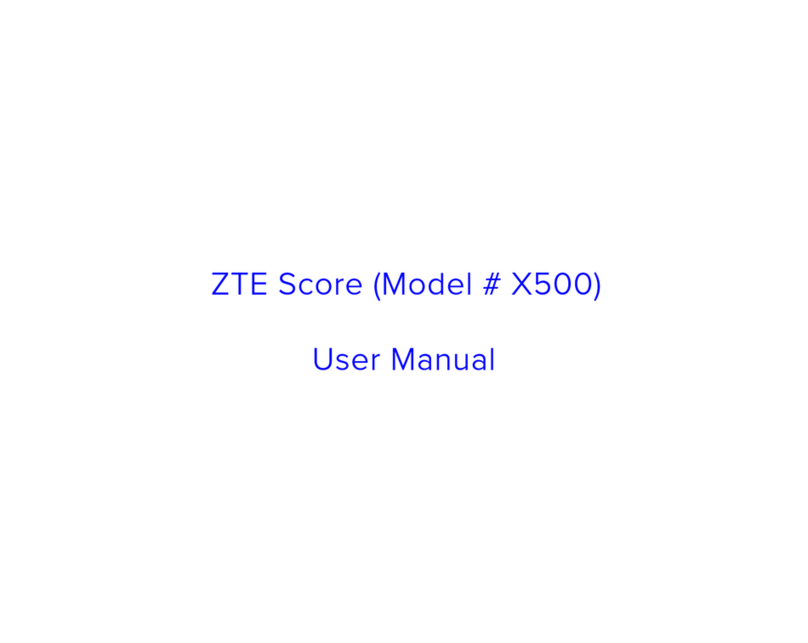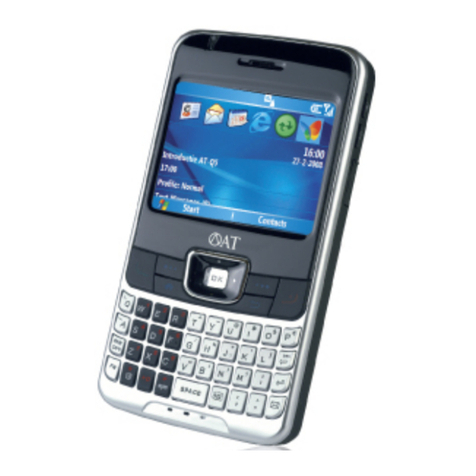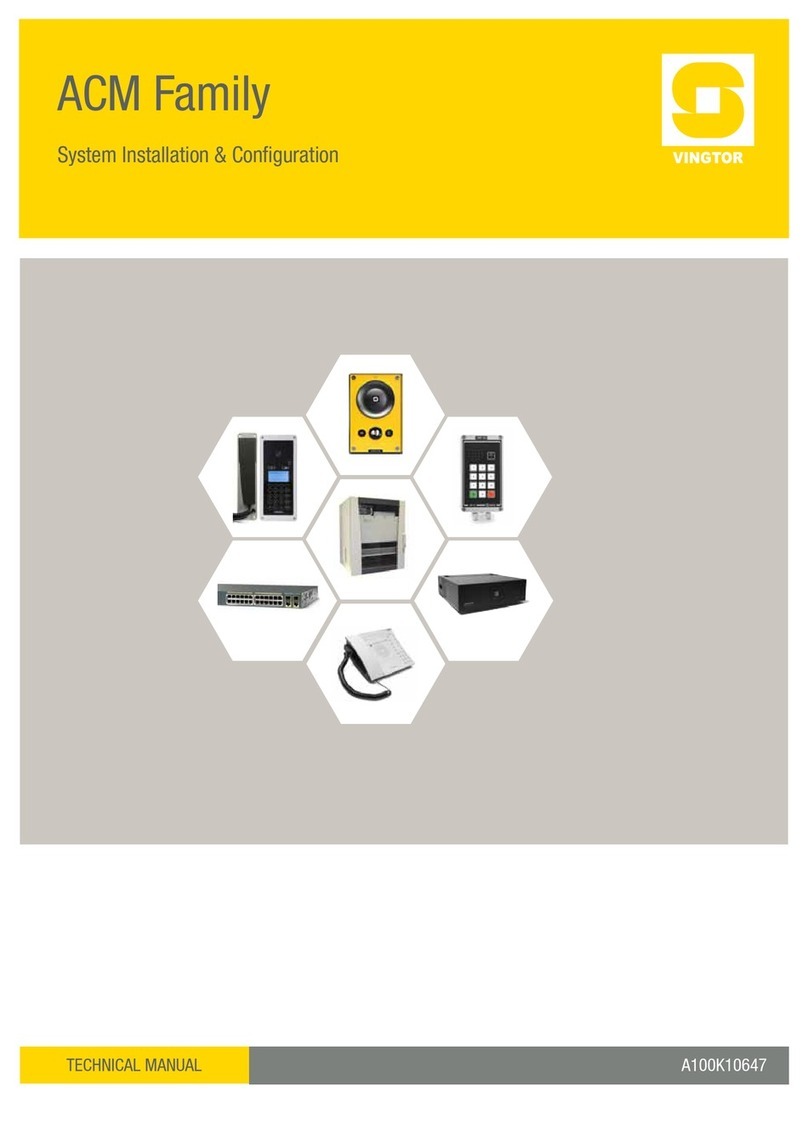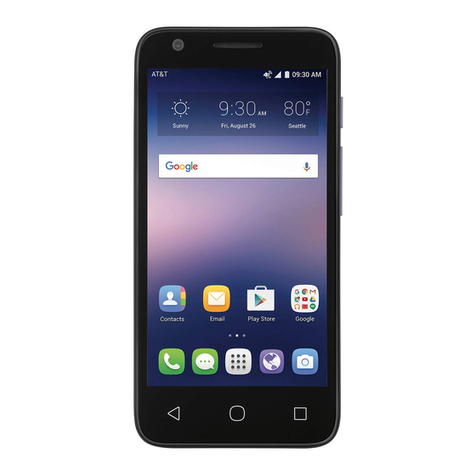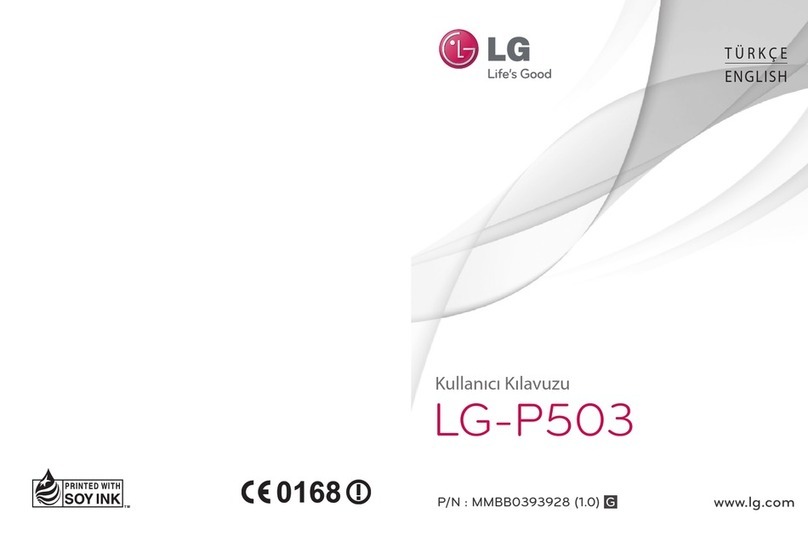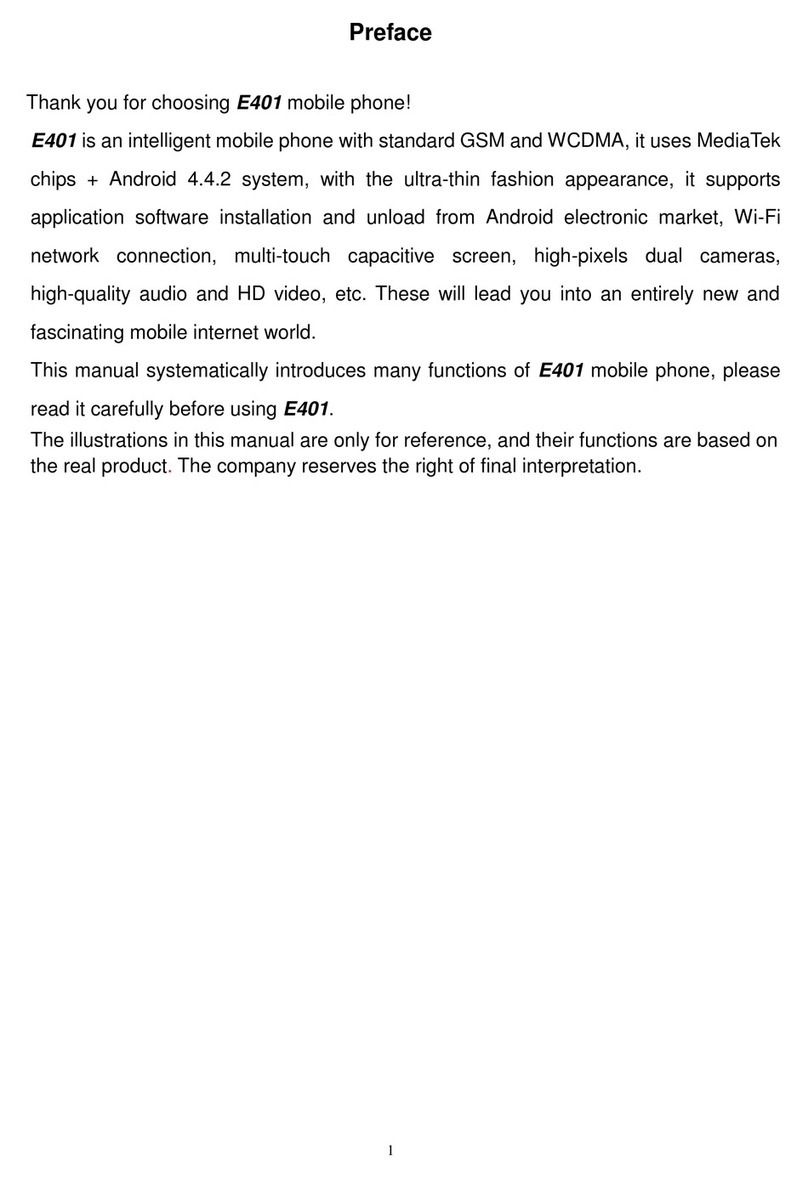
ISSUE 1 09/2004 COMPANY CONFIDENTIAL 3
Copyright © 2004 Nokia. All Rights Reserved.
RH-53/54
8-System Module Nokia Customer Care
Table of Contents
Page No
Abbreviations ...................................................................................................... 6
Introduction ......................................................................................................... 9
Technical Summary ........................................................................................... 9
List of Features................................................................................................ 10
Technical Specifications .................................................................................. 12
Modes of Operation ......................................................................................... 12
No supply ....................................................................................................... 12
Power off ........................................................................................................ 12
Acting dead .................................................................................................... 13
Active ............................................................................................................. 13
Sleep mode .................................................................................................... 13
Charging ........................................................................................................ 13
Regulators........................................................................................................ 14
DC Characteristics........................................................................................... 15
Supply Voltage Ranges ................................................................................. 15
Regulators Voltage Ranges ........................................................................... 16
Interconnection Diagram.................................................................................. 17
External Signals and Connections................................................................... 17
Battery connector ........................................................................................... 17
Baseband - RF interface ................................................................................ 18
Internal Signals and Connections.................................................................... 18
Audio .............................................................................................................. 18
Speaker (Ringer & Earpiece) ......................................................................... 19
Hinge flex connection ..................................................................................... 19
Baseband board clocks.................................................................................... 21
Functional Description ..................................................................................... 22
Audio External ................................................................................................ 22
Headset Detection ......................................................................................... 22
PnPHF Detection ........................................................................................... 23
Audio Internal................................................................................................... 23
Earpiece/Ringer ............................................................................................. 23
Microphone .................................................................................................... 24
Vibra................................................................................................................. 25
Introduction .................................................................................................... 25
Acoustic design .............................................................................................. 25
Batteries........................................................................................................... 25
Keyboard.......................................................................................................... 26
Display & Keyboard Backlight.......................................................................... 27
LCD Backlight ................................................................................................ 27
Keyboard light effects .................................................................................... 27
LCD.................................................................................................................. 28

